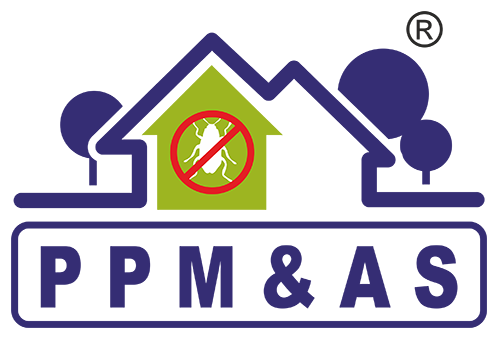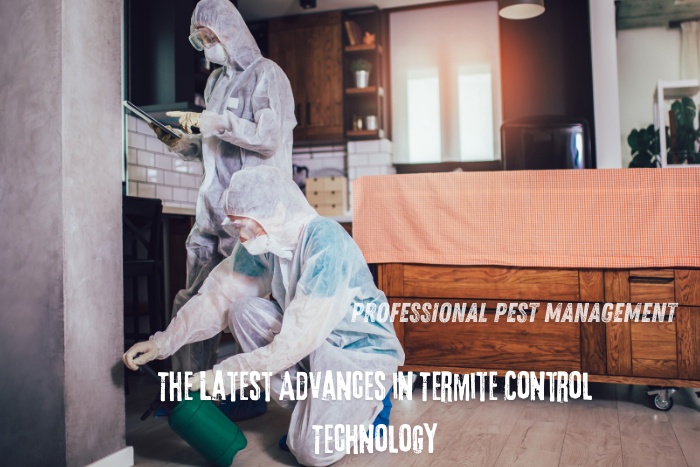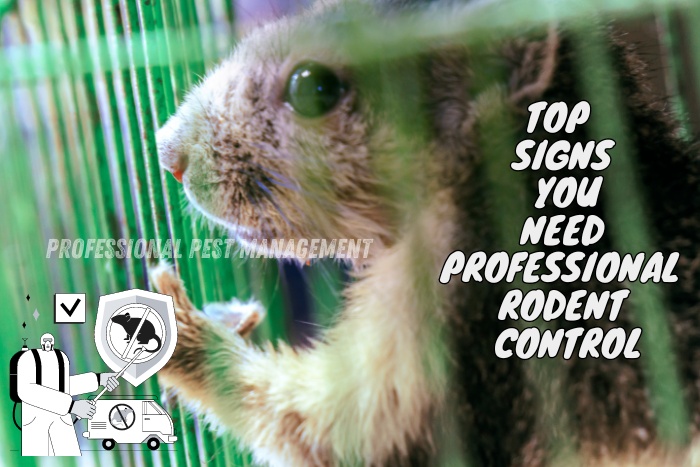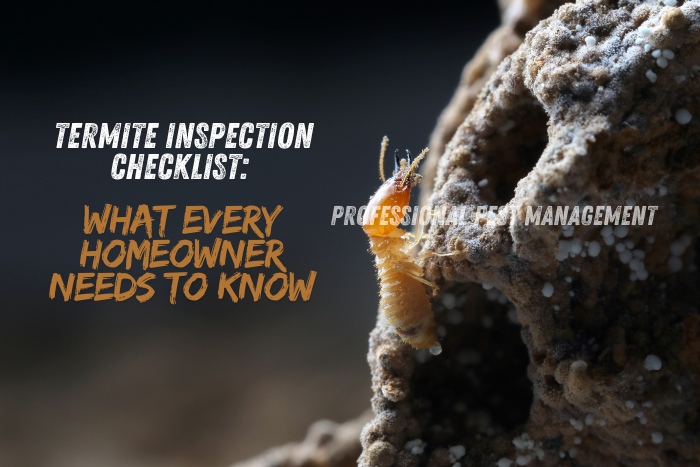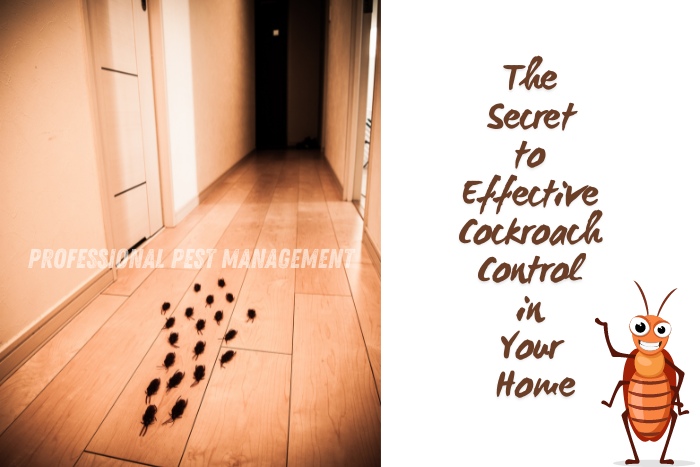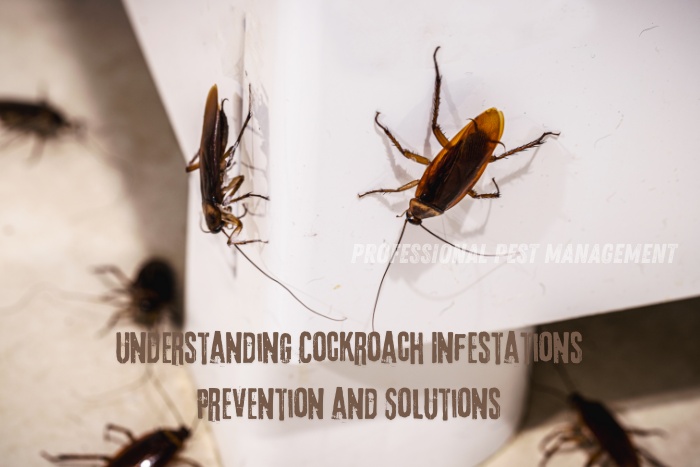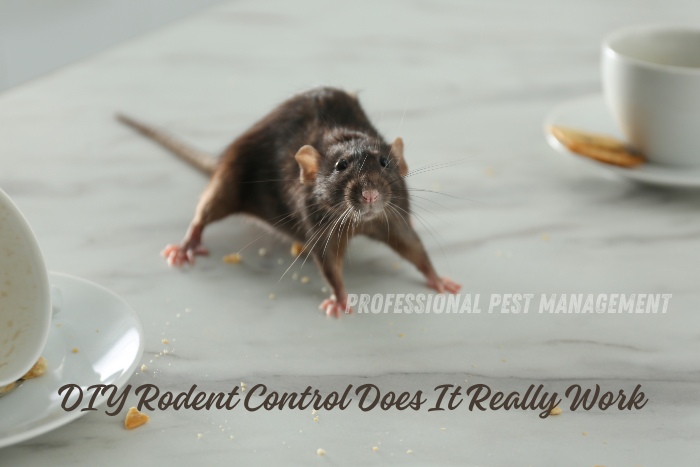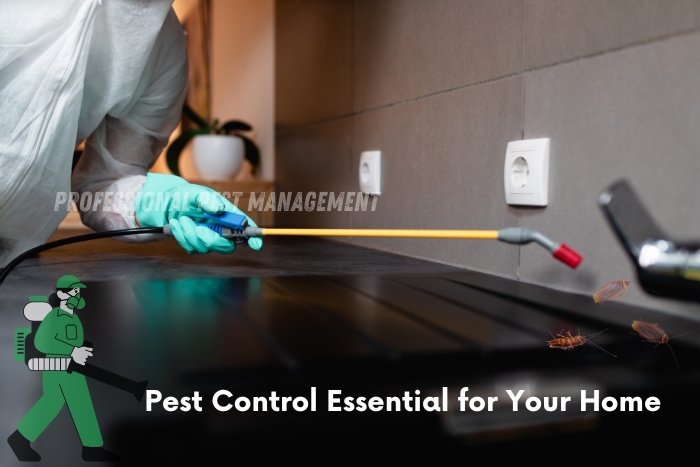Termites are a homeowner’s worst fear since they destroy large amounts of structural damage while operating silently. But with the advances in termite treatment technologies, it’s never been easier or more effective to defend your house. We’ll examine the most recent advancements in termite management in this extensive guide, giving you important information to protect your home.
Understanding Termite Infestations
It’s critical to comprehend the nature of termite infestations before delving into technical innovations.
Types of Termites
- Subterranean Termites: These termites live in soil and build extensive tunnel systems to reach wooden structures.
- Drywood Termites: Unlike subterranean termites, drywood termites infest dry wood without needing contact with soil.
- Dampwood Termites: These termites prefer moist wood and are usually found in damp, decaying wood.
Signs of Termite Infestation
- Mud Tubes: Subterranean termites create mud tubes for travel between their colony and food sources.
- Wood Damage: Termites eat wood from the inside out, leaving a honeycomb pattern in damaged wood.
- Discarded Wings: Swarmers (reproductive termites) shed their wings, which can be found near windowsills and doors.
- Frass: Drywood termites produce wood-colored droppings known as frass.
Why Advanced Termite Control is Necessary
Although they have their uses, conventional termite control techniques like chemical treatments and baiting systems have drawbacks. The most recent developments in termite control technologies seek to overcome these drawbacks and provide longer-lasting, more effective, and environmentally friendly alternatives.
Limitations of Traditional Methods
- Environmental Concerns: Chemical treatments can be harmful to the environment and non-target species.
- Labor Intensive: Traditional methods often require regular maintenance and monitoring.
- Inconsistent Results: Depending on the severity of the infestation and the method used, results can vary.
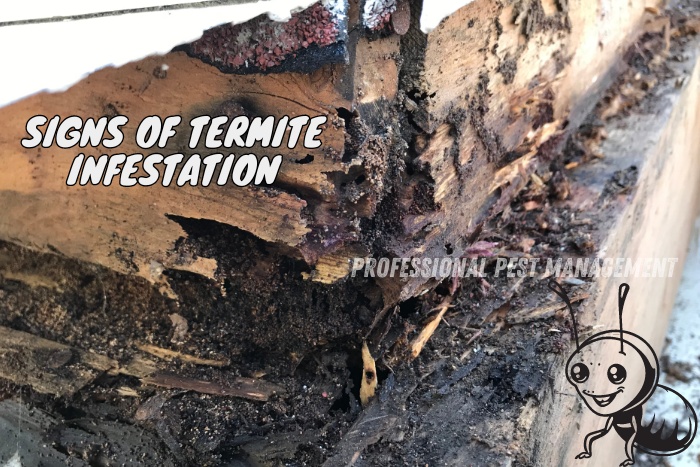
The Latest Advances in Termite Control Technology
1. Termite Baiting Systems
Termite baiting systems have evolved significantly, offering more targeted and effective solutions.
Advanced Bait Formulations
- Attractive Baits: Modern baits are designed to be highly attractive to termites, ensuring quicker colony elimination.
- Slow-Acting Ingredients: These allow termites to share the bait with the colony before dying, maximizing the reach.
Smart Bait Stations
- Wireless Monitoring: New bait stations come with wireless monitoring capabilities, allowing pest control professionals to track termite activity remotely.
- Automated Alerts: These systems can send alerts when termite activity is detected, ensuring timely intervention.
2. Liquid Termiticides
Liquid termiticides have been a staple in termite control. Recent advancements have made them more effective and environmentally friendly.
Non-Repellent Termiticides
- Undetectable to Termites: These termiticides are not detected by termites, allowing them to move freely through treated areas and ensuring effective colony control.
- Long-Lasting Protection: They offer extended protection, reducing the need for frequent reapplications.
Green Termiticides
- Eco-Friendly Formulations: New termiticides are made from natural or low-toxicity ingredients, minimizing environmental impact.
- Targeted Action: These formulations specifically target termites, reducing harm to beneficial insects and wildlife.
3. Biological Control
Biological control methods involve using natural predators or pathogens to manage termite populations.
Entomopathogenic Nematodes
- Microscopic Worms: These nematodes infect and kill termites by releasing bacteria that is lethal to them.
- Eco-Friendly: Being a natural solution, they pose no risk to humans, pets, or the environment.
Fungal Pathogens
- Termite-Specific Fungi: Certain fungi, like Metarhizium anisopliae, infect and kill termites, offering a natural control method.
- Sustainable: Fungal pathogens can spread through termite colonies, ensuring long-term control.
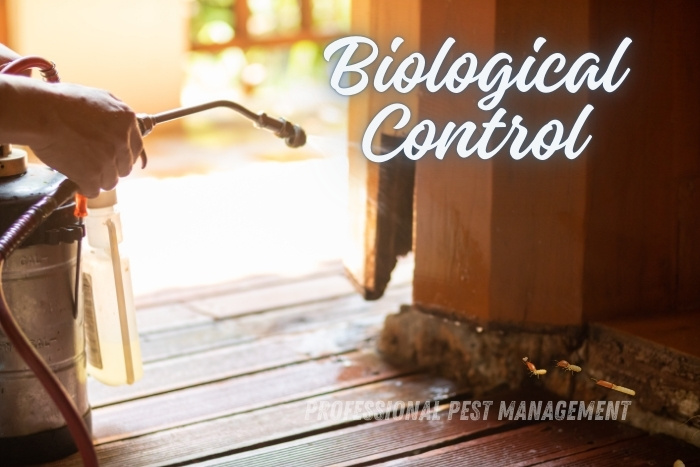
4. Physical Barriers
Physical barriers prevent termites from accessing buildings and structures.
Stainless Steel Mesh
- Durable Barrier: Stainless steel mesh is installed around the foundation, providing a long-lasting physical barrier.
- Chemical-Free: It’s an environmentally friendly option as it doesn’t rely on chemicals.
Sand Barriers
- Particle Size Matters: Sand barriers use particles of specific sizes that termites cannot move through.
- Effective and Eco-Friendly: Sand barriers are a simple, non-toxic way to prevent termite entry.
5. Electronic Termite Detectors
Electronic detectors have revolutionized termite monitoring and early detection.
Acoustic Emission Devices
- Sound Detection: These devices detect the sounds produced by termites as they tunnel through wood.
- Early Warning: Early detection helps in taking timely action to prevent severe infestations.
Infrared Cameras
- Thermal Imaging: Infrared cameras detect heat patterns created by termite activity.
- Non-Invasive: This technology allows for non-invasive inspections, protecting the integrity of structures.
6. Integrated Pest Management (IPM)
IPM is a comprehensive approach combining multiple methods for effective termite control.
Monitoring and Assessment
- Regular Inspections: Frequent inspections help in early detection and timely intervention.
- Data-Driven Decisions: Using data from inspections and monitoring devices to plan control strategies.
Combination of Methods
- Holistic Approach: Combining baiting, liquid termiticides, biological control, and physical barriers for maximum effectiveness.
- Reduced Chemical Use: IPM focuses on reducing chemical use and environmental impact.
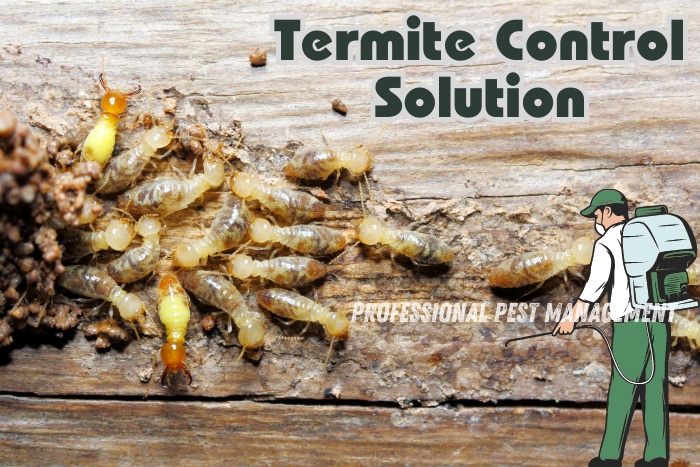
Choosing the Right Termite Control Solution
Professional Assessment
The first step in choosing the right termite control solution is getting a professional assessment.
Experienced Technicians
- Trained Professionals: Hiring a reputable pest control company with experienced technicians ensures accurate identification and effective treatment.
- Customized Solutions: Professionals can recommend the best combination of treatments based on your specific situation.
Consider Environmental Impact
When selecting a termite control method, consider its environmental impact.
Eco-Friendly Options
- Green Termiticides: Opt for termiticides with eco-friendly formulations.
- Biological Control: Consider biological control methods that are safe for humans, pets, and the environment.
Cost and Maintenance
Evaluate the cost and maintenance requirements of different termite control solutions.
Long-Term Value
- Cost-Effectiveness: While some methods may have a higher upfront cost, they can offer long-term savings by reducing the need for frequent treatments.
- Maintenance: Choose solutions that require minimal maintenance without compromising effectiveness.
Conclusion
Termite control technology has come a long way, offering homeowners more effective, environmentally friendly, and sustainable options. From advanced baiting systems and green termiticides to biological control and electronic detectors, these innovations make termite control more manageable and efficient. By understanding the latest advancements and choosing the right solutions, you can protect your home from these destructive pests.
For those in Chennai, Professional Pest Management And Allied Services Pvt. Ltd provides cutting-edge termite control solutions tailored to your needs. Contact us today to safeguard your home with the latest termite control technology.
